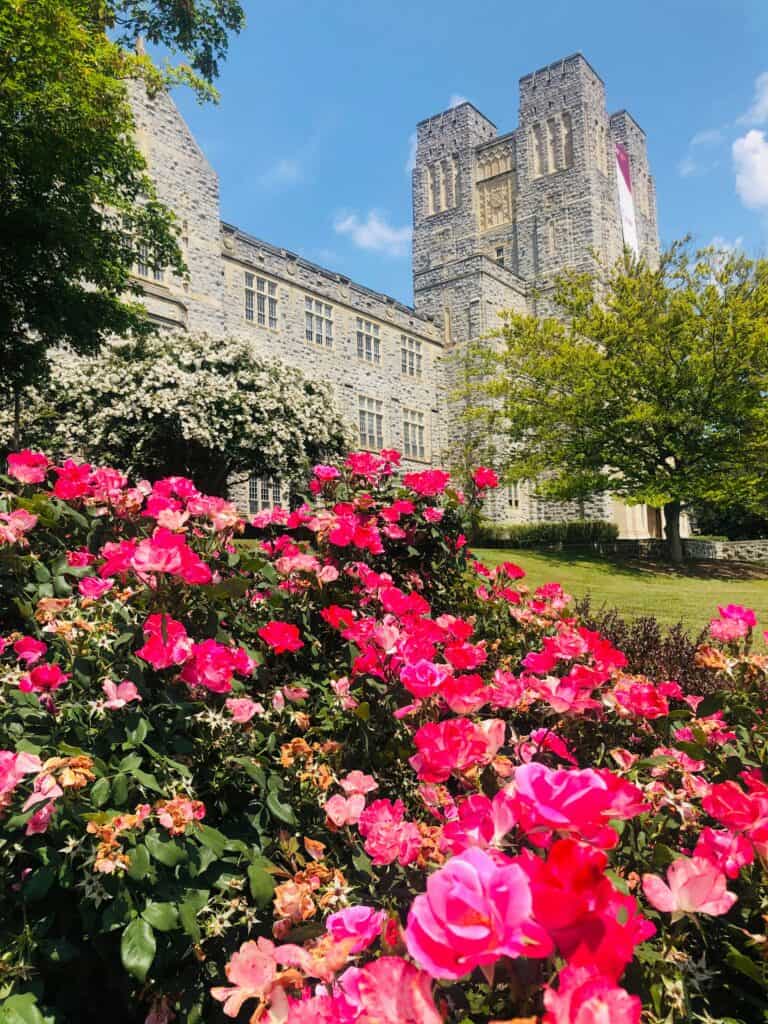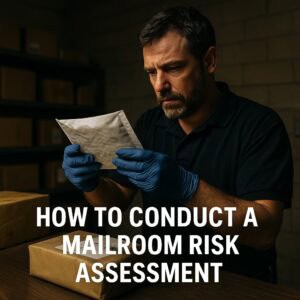The Virginia Tech shooting in 2007 exposed critical gaps in school safety and emergency response.
The After-Action Report (AAR) offers valuable lessons for school administrators, campus law enforcement, and armed school guardians or marshals.
These insights emphasize the importance of training, planning, and equipping schools to handle crises effectively.
1. Barriers and Obstructions: Be Ready to Act
The attacker chained doors to slow responders and trap victims. This tactic highlights how physical barriers can create significant challenges during emergencies.
For Schools:
- Install doors with emergency release hardware to allow escape even if blocked.
- Inspect doors regularly to ensure they cannot be misused to trap occupants.
For Responders:
- Train in using tools like bolt cutters and breaching equipment to bypass obstacles quickly.
- Conduct walkthroughs of school buildings to identify vulnerabilities and plan alternative access routes.
2. Immediate Medical Response Saves Lives
At Virginia Tech, tactical medics stabilized victims before EMS could arrive. The delays in transporting injured individuals underscored the need for on-site trauma care.
For Schools:
- Place trauma kits in strategic locations across the campus, stocked with tourniquets, chest seals, and other life-saving tools.
- Train staff in basic trauma response, including bleeding control and airway management.
For Responders:
- Include trauma care in training programs, focusing on hemorrhage control and stabilizing victims.
- Conduct mass casualty drills with EMS to streamline victim triage and transport.
3. Effective Communication is Critical
Coordination among multiple agencies was hindered by incompatible radios and delayed 911 call routing. Clear and reliable communication is essential during emergencies.
For Schools:
- Establish clear internal protocols for reporting and sharing critical information.
- Work with local responders to ensure shared communication plans are in place.
For Responders:
- Use interoperable communication systems or shared radio frequencies for seamless coordination.
- Train responders to maintain clarity and brevity when communicating under stress.
4. Decisive Movement Neutralizes Threats
Responding officers moved quickly and methodically to contain the shooter, despite obstacles like chained doors. This approach likely saved lives.
For Schools:
- Provide campus maps and access plans to local responders for tactical planning.
- Allow law enforcement and armed guardians to conduct on-site training to understand layouts and potential access points.
For Responders:
- Train in tactical formations and room-clearing techniques that prioritize speed and safety (Solo Officer Response).
- Incorporate barrier-breaching scenarios into regular drills to prepare for real-world challenges.
5. Teach Situational Awareness and Lockdown Techniques
Construction noise masked the sound of gunfire during the Virginia Tech attack, delaying recognition of the threat. However, many students who barricaded classrooms successfully saved lives.
For Schools:
- Provide situational awareness training for staff and students to recognize potential threats quickly.
- Conduct drills that teach effective lockdown and barricading techniques for classrooms.
For Responders:
- Support schools during lockdown drills to ensure strategies are effective.
- Train in assessing and safely clearing barricaded areas during active shooter situations.
6. Perimeter Security is Essential
Quickly establishing a secure perimeter helped responders manage the scene and prevent further access during the Virginia Tech response.
For Schools:
- Work with local responders to create plans for securing gates and entry points during emergencies.
- Develop traffic control strategies to guide evacuations and emergency vehicle access.
For Responders:
- Train in perimeter control tactics to secure the scene quickly.
- Coordinate evacuation routes with school staff to ensure smooth operations.
Safety Through Action
The lessons from the Virginia Tech AAR emphasize that preparation is key to saving lives during emergencies.
Administrators, campus law enforcement, and armed guardians must work together to create safer schools:
- Administrators must ensure facilities are equipped, doors and windows are secure, and staff are trained in emergency protocols.
- Law enforcement and armed guardians must train in tactical response, medical care, and communication to respond quickly and effectively during a crisis.
Ready to take action? Contact us to schedule training, physical security audits, or to develop a comprehensive emergency operations plan. Together, we can create safer schools. Contact us today.






